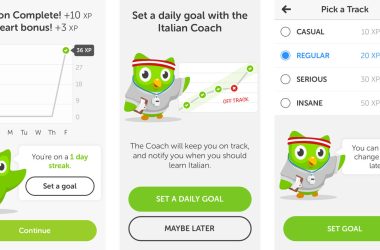Table of Contents Show
Apps Aren’t Static
Return On Investment, or ROI, is key in any situation where applications play a part in the modern business. Whether you’re using established apps on the cloud to design things, whether you’re designing your own applications for internal use, or whether you’re designing applications for clientele to use, there are tools available to streamline operations.
When it comes to applications that are unique to your business, you’ve got to understand that the management of an app is an ongoing process. It’s not static. You’re not simply going to be able to design one application and rest assured that it is a finished product.
Because technology is in a state of a continual upgrade through an exponential doubling of computational ability in accordance with Moore’s Law intervals, there are no ‘static’solutions that will work perpetually. Anything that was secure when you designed it will definitely have vulnerabilities within eighteen months. You may just not know about them.
Application Testing And Monitoring
Even if there are no vulnerabilities to the application itself, there will be errors you didn’t realize were built into its code until those managing the app, or those using the app, encounter them. This is one reason software design companies always send new output through a round of beta testing before it is released to the public.
Beta testing helps reveal operational issues that just aren’t visible without the directed use of the application itself. Once these most obvious of ‘glitches’are rectified, the app is then foisted on the market; but more errors will eventually develop. You need a logging framework which catches and identifies errors, helping you rectify them.
You can use tools like this to aggregate all your logs. There are multiple areas of operation which will require logging, and there is a point at which grouping everything together makes the data more complicated, not less. Balance means aggregating different areas of app utility into different places.
Log Families
For example, one family of log metrics may include traffic, bounce rate, where users access your site from, how long they stay on your site, whether they convert, and which users from which locations on the web convert to what. None of these metrics involve the internal operation of an app, but they are no less integral.
Metrics that are most important to your app will come from two primary areas: external operations and internal operations. External app metrics will involve users and their interaction with what you’ve produced. Users could be internal to your company or exterior to it; the point is, metrics from this area won’t have to do with the app’s functionality.
Meanwhile, internal app metrics will involve how long the app takes to load, what it looks like on different media such as mobile devices as opposed to desktop ones, and what sort of maximum load it can endure.
If you’re going to conduct an advertising campaign which is projected to substantively increase app traffic, you may want to do some load testing to ensure it’s capable of handling what you hope comes. This is an internal metric which has external application.
Properly Managing Metrics
These are just the tip of the iceberg when it comes to application metrics which are relevant to varying kinds of applications. When it comes to your online presence, applications act as a sort of digital public relations. Public relations is always important to your business, and so whatever apps you have, they should function well.
Design a management strategy which includes proper logging of internal and external metrics. Differentiate metrics based on their category, and be sure to align metrics with forwarding directives so you don’t incidentally disable yourself.










